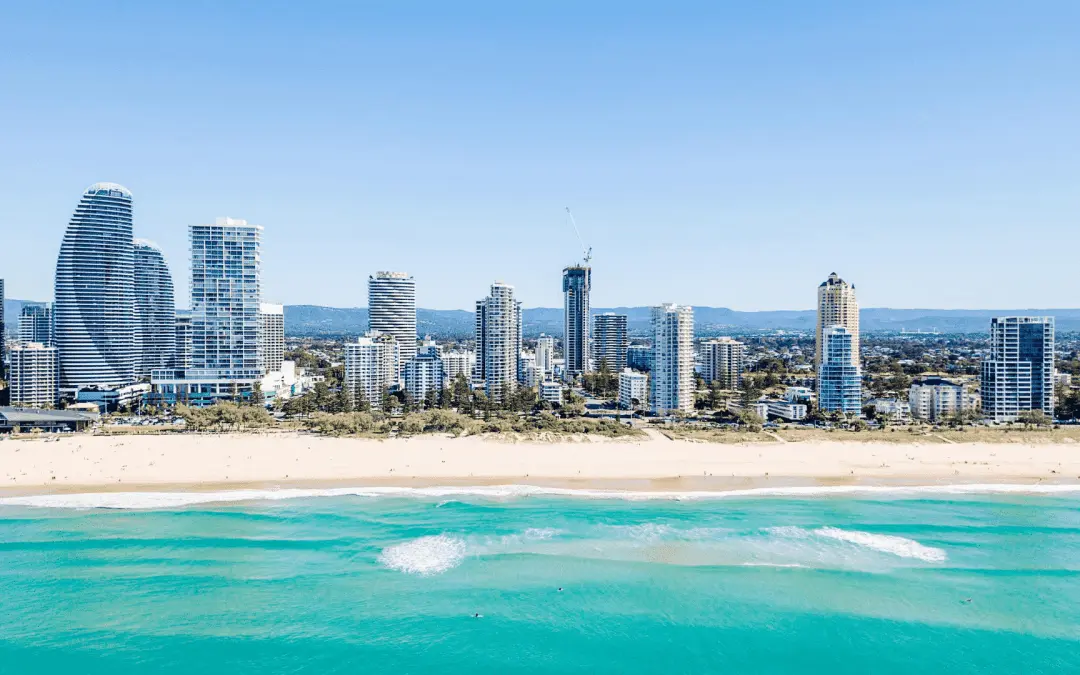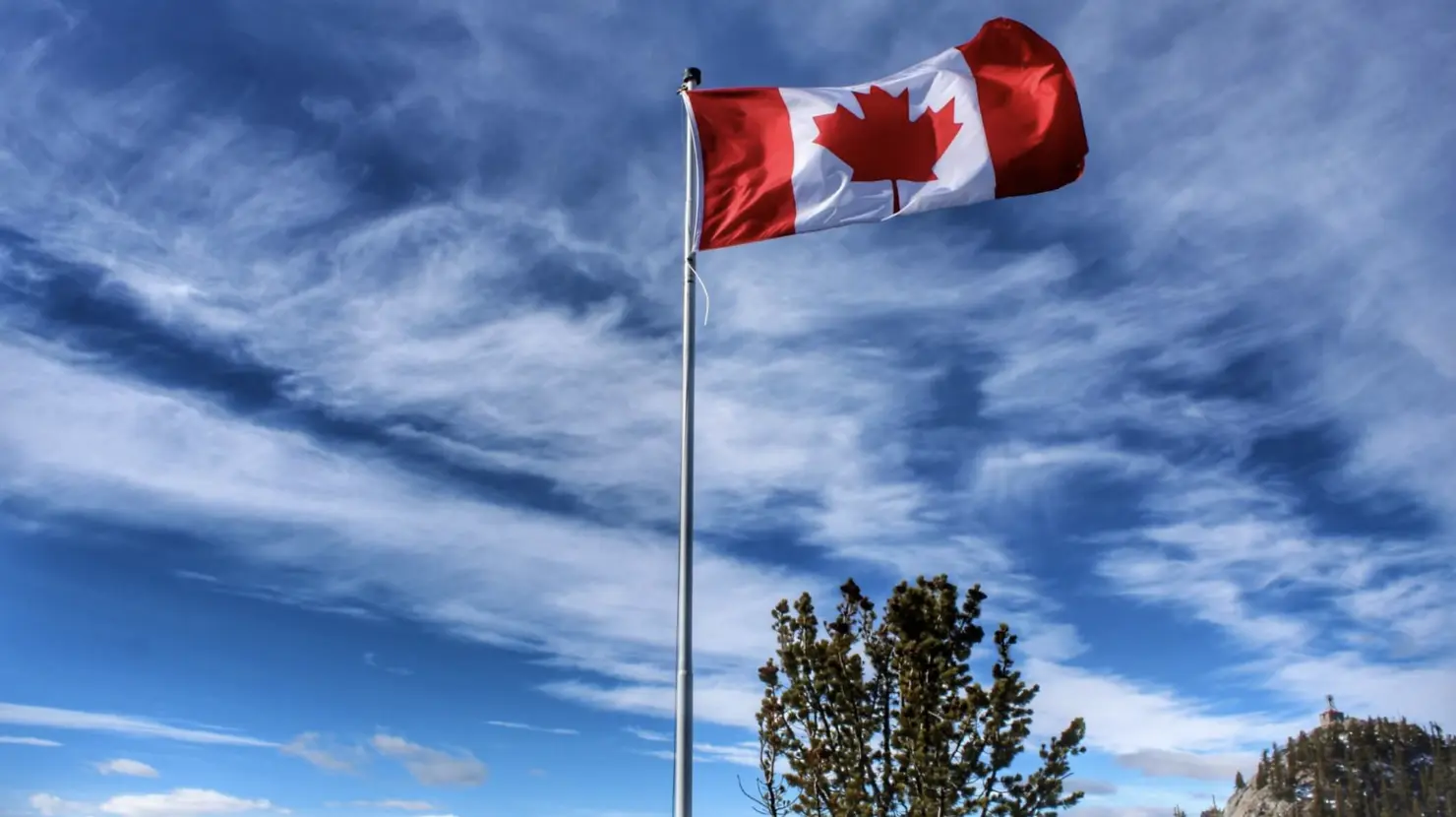Scholarship
$50K USA Scholarship Visa Application: Everything You Need to Know 2024
By
Studying in the United States is a dream for many international students. With its world-class universities, diverse culture, and numerous opportunities, it’s no surprise that the USA remains one of the top destinations for higher education.
However, the cost of education can be a significant barrier. This is where scholarships come into play, and understanding the visa application process is crucial for those aiming to study in the U.S. on a scholarship.
In this guide, we will walk you through the steps of applying for a U.S. scholarship and securing a student visa, providing you with essential tips and resources to make your application stand out.

Scholarship application document approved, hand stamping seal on official paper
1. Types of Scholarships Available for International Students
Before diving into the visa process, it’s important to understand the types of scholarships available:
a. Merit-Based Scholarships: Awarded based on academic, athletic, or artistic achievements. These can cover partial or full tuition fees.
b. Need-Based Scholarships: Offered to students who demonstrate financial need. They often cover a significant portion of tuition, living expenses, and even travel costs.
c. Program-Specific Scholarships: Provided by specific departments or programs within a university, typically for students enrolling in certain fields of study.
d. Country-Specific Scholarships: Many U.S. institutions and organizations offer scholarships specifically for students from certain countries.
e. Government-Funded Scholarships: These include programs like the Fulbright Scholarship, which is funded by the U.S. government and provides opportunities for international students to study, teach, or conduct research in the U.S.
2. How to Find and Apply for Scholarships
a. Research Universities and Programs:
- Start by researching universities and programs that align with your academic and career goals.
- Use platforms like Scholarships.com, Fastweb, and the U.S. Department of State’s EducationUSA to find scholarship opportunities.

Woman, university student and books in portrait, outdoor and pride for learning, knowledge or happy in park. Girl, Japanese person and smile for scholarship, education and studying at college campus
b. Prepare a Strong Application:
- Personal Statement: Write a compelling personal statement explaining why you deserve the scholarship and your future aspirations.
- Letters of Recommendation: Secure strong letters of recommendation from professors or employers who can vouch for your qualifications.
- Standardized Test Scores: Ensure you have the required scores for exams like TOEFL, IELTS, GRE, or SAT.
c. Apply Early:
- Many scholarships have deadlines several months before the academic year starts. Applying early gives you an advantage and time to correct any errors in your application.
3. Understanding the Student Visa Process (F-1 Visa)
Once you’ve secured a scholarship, the next step is to apply for a student visa. Here’s how:
a. Receive Your Form I-20:
- After being accepted into a U.S. institution, you’ll receive a Form I-20 from the school. This form is essential for applying for an F-1 student visa.
b. Pay the SEVIS Fee:
- Pay the SEVIS I-901 fee. This fee is mandatory and helps cover the cost of maintaining the Student and Exchange Visitor Information System (SEVIS).
c. Complete the DS-160 Form:
- Fill out the DS-160 form, which is the application for a nonimmigrant visa. Be sure to double-check all information for accuracy.
d. Schedule a Visa Interview:
- Schedule an appointment at the U.S. embassy or consulate in your home country. Be prepared to provide documents like your Form I-20, DS-160 confirmation, and proof of financial support.
e. Attend the Visa Interview:
- During the interview, you’ll be asked about your study plans, financial situation, and intent to return to your home country after completing your studies. Answer honestly and confidently.
f. Receive Your Visa:
- If approved, you will receive your visa, which allows you to enter the U.S. up to 30 days before your program start date.
4. Tips for a Successful Visa Application
a. Be Honest and Consistent: Ensure that all information provided in your application and interview is accurate and consistent.
b. Demonstrate Ties to Your Home Country: Show that you have strong ties to your home country and plan to return after completing your studies.
c. Practice for the Interview: Practice answering common interview questions to boost your confidence and reduce anxiety.
5. Frequently Asked Questions (FAQs)
Q1. Can I work while studying on an F-1 visa? Yes, F-1 visa holders can work on-campus for up to 20 hours per week during the academic year and full-time during holidays. Off-campus work is possible through programs like OPT (Optional Practical Training) and CPT (Curricular Practical Training).
Q2. How long does the visa process take? The visa process can take anywhere from a few weeks to a few months. It’s advisable to start the process as early as possible.
Q3. Can I bring my family with me on a student visa? Yes, F-1 visa holders can bring their spouse and children under the F-2 visa. However, F-2 dependents are not allowed to work.
Conclusion
Applying for a U.S. scholarship and securing a student visa can be a complex process, but with the right information and preparation, it’s entirely achievable. Take advantage of the resources available, prepare thoroughly, and you could soon be on your way to studying in the United States.
By following the steps outlined in this guide, you’ll be well-equipped to navigate the U.S. scholarship and visa application process successfully. Good luck!






